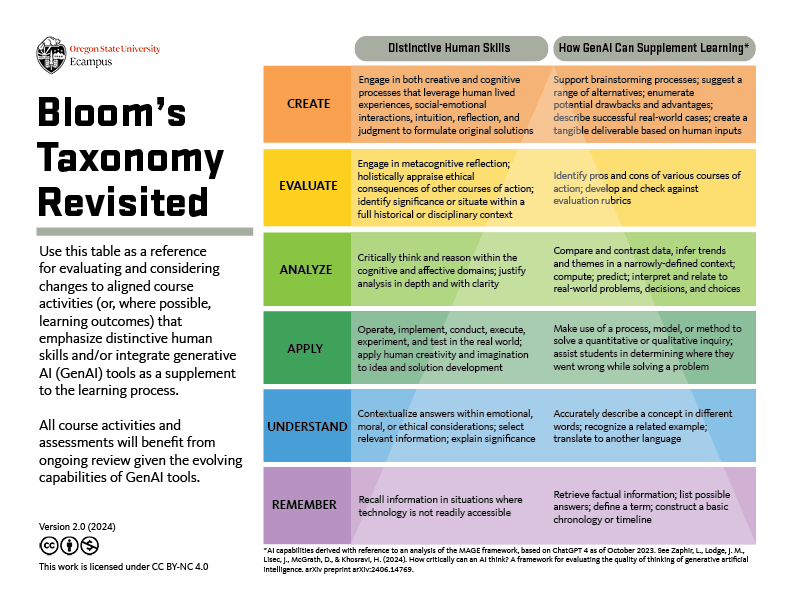This course encourages students to explore the use of generative artificial intelligence (AI) tools such as ChatGPT for all assignments and assessments. Any such use must be appropriately acknowledged and cited. It is each student’s responsibility to assess the validity and applicability of any AI output that is submitted; you are ultimately responsible. Violations of this policy will be considered academic dishonesty and fall under SUNY Brockport's Academic Dishonesty Policy for determining appropriate consequences. We draw your attention to the fact that different classes can implement different AI policies, and it is your responsibility to conform to expectations for each course.
Modified from: Harvard
Students in this course are encouraged to explore the use of AI-based tools (such as ChatGPT) when completing assignments. All sources, including AI tools, must be properly cited. Use of AI without proper citation will be considered academic dishonesty and subject to disciplinary action according to SUNY Brockport's Academic Dishonesty Policy.
Please note that AI results can be biased and inaccurate. It is your responsibility to ensure that the information you use from AI is accurate. Additionally, pay attention to the privacy of your data. Many AI tools will incorporate and use any content you share, so be careful not to unintentionally share copyrighted materials, original work, or personal information.
Learning how to thoughtfully and strategically use AI-based tools may help you develop your skills, refine your work, and prepare you for your future career. If you have any questions about citation or about what constitutes academic integrity in this course or at the SUNY Brockport, please feel free to contact me to discuss your concerns.
Modified from: University of Washington
